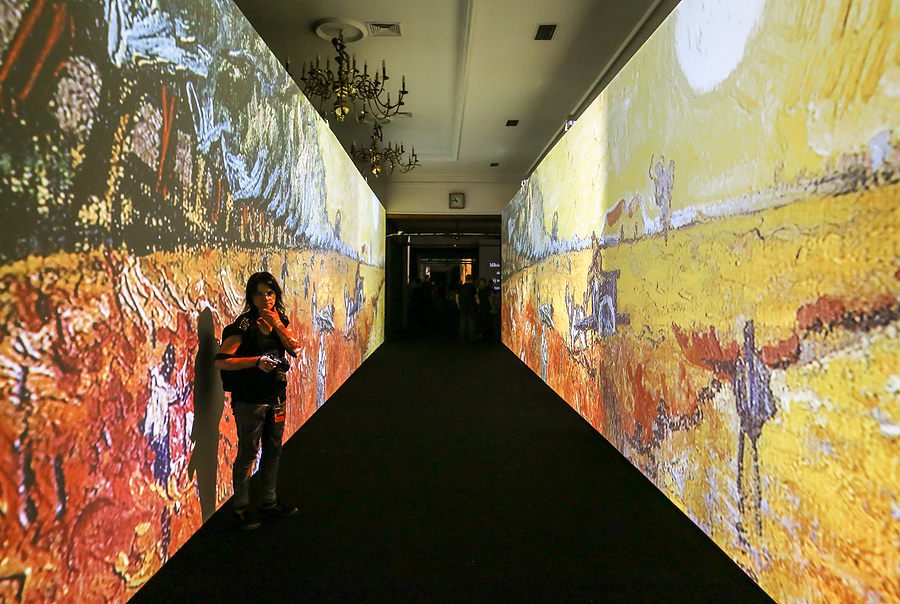Whilst interest in the technology behind it sees peaks and valleys over the years, one of the biggest dreams of advanced video, audio and computer technology is to create interactive, connected virtual worlds.
This is the ambition behind the metaverse, a currently conceptual idea of a virtual shared world that was named after a similar system in the novel Snow Crash.
These systems use a mix of augmented and virtual reality systems to bring these worlds to life and make them feel immersive to a degree.
However, whilst many of these systems rely on goggles and headsets to provide a virtual world, an alternative was innovated in 1992 which used a room featuring an LED video wall on each side and 3D glasses to provide an immersive effect.
The Cave Automatic Virtual Environment (CAVE), is a cube-shaped room made of video walls that creates a lifelike and immersive visual display that can feel more immersive and lifelike to people who may not necessarily feel the same when using a virtual reality headset.
The screens that are used are exceptionally high-resolution by design to maintain the illusion, as lower pixel densities would lead to people in the CAVE feeling like their vision has blurred.
In many cases, the display technology is connected to either infrared cameras or another type of motion sensor that allows for objects to float and be moved around by a user of the CAVE.
Due to the expense in buying the screens, hardware and sensor technology, CAVEs are primarily used in engineering teams as part of research and product development, as they can create 3D models of prototype parts and simulate interfaces and layouts before investing any money.
However, you do sometimes see the system being used in entertainment, with certain companies providing CAVE systems to allow for party games, shooting galleries and escape rooms.

